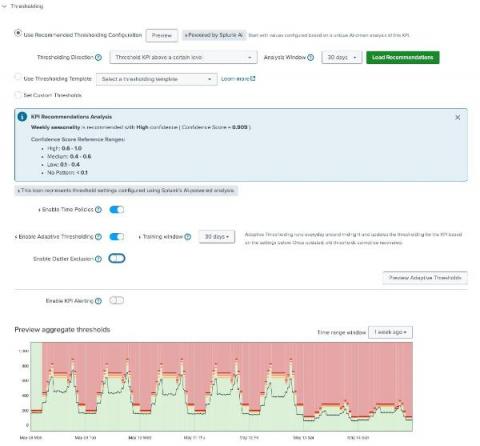From Disruptions to Resilience: The Role of Splunk Observability in Business Continuity
In today's market, companies undergoing digital transformation require secure and reliable systems to meet customer demands, handle macroeconomic uncertainty and navigate new disruptions. Digital resilience is key to providing an uninterrupted customer experience and adapting to new operating models. Companies that prioritize digital resilience can proactively prevent major issues, absorb shocks to digital systems and accelerate transformations.











